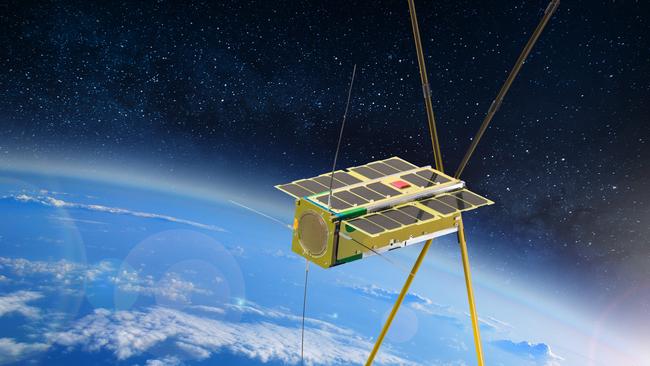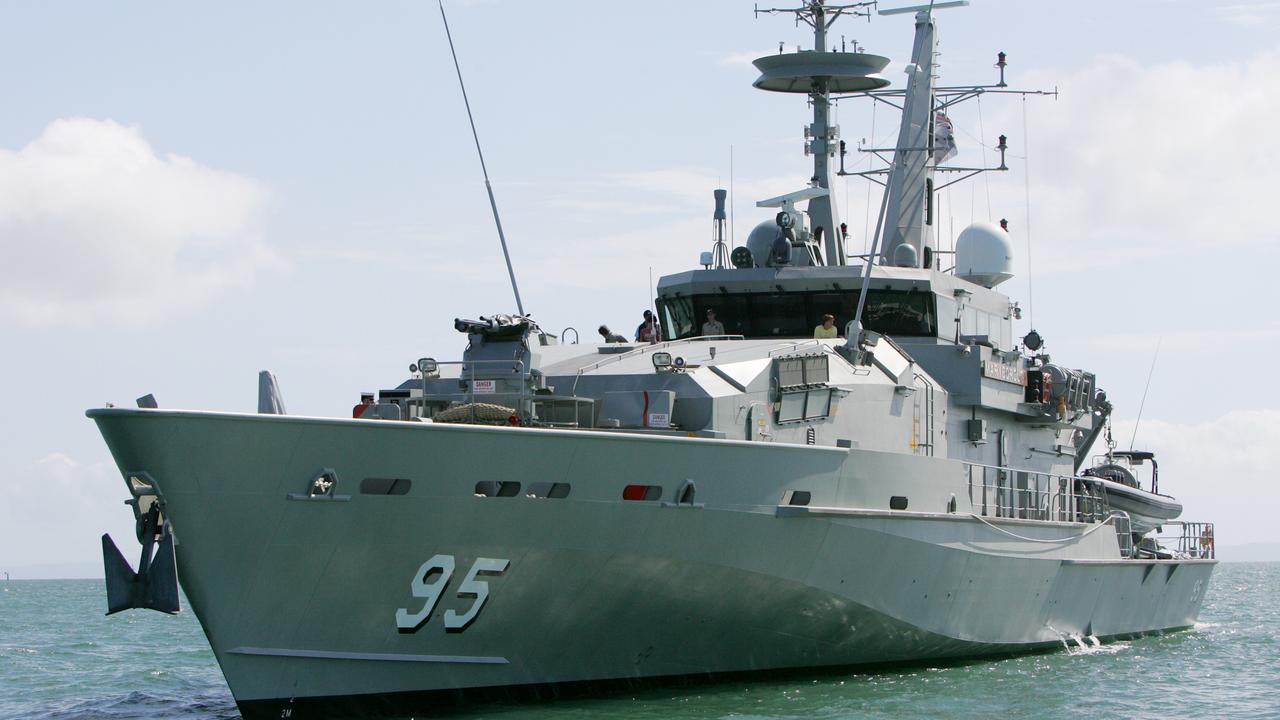RAAF funds satellite missions with space traffic management in mind
The air force is funding small-satellite missions so its personnel can develop skills for space operations from the ground up.

If all goes to plan, Mission 1 (M1), the first of two Royal Australian Air Force-funded small satellite efforts, will soon be placed into space by a US launch vehicle.
The M1 and later M2 missions are being funded by the air force and conducted in partnership with the University of NSW Canberra, with the aims of developing a cadre of expertise in satellite capabilities and demonstrating innovative space technologies and rapid small-satellite development.
“The main goal from an air force perspective is the development of human capability, so M1 and M2 won’t be conducting operational missions for Defence, but they will develop skills for satellite operations from the ground up,” says Wing Commander Steve Henry, deputy director, surveillance of space, at air force headquarters.
“The Australian space industry is not new in itself but building satellites from start to finish is a new capability and having our people learn about those things is important to us,’’ he said.
The M1/M2 missions follow on from the successful launch in November 2017 of the Buccaneer cube satellite, developed by the Defence Science and Technology Group (DST) in partnership with UNSW Canberra.
The M1 spacecraft will perform technology demonstration and research roles in the areas of space situational awareness (SSA), communications and surveillance in the next few years. The mission will utilise commercial off-the- shelf equipment including some GPS tracking capabilities, together with a software-defined radio and flight computer developed by UNSW Canberra.
“The main objective is to trial the ability to re-program the radios while the vehicle is in low earth orbit, enabling them to perform different functions. This will provide a level of flexibility and agility that is at the heart of what is termed ‘new space’, giving us the ability to re-task the satellite for different missions,” Wing Commander Henry said.
“Space traffic management is becoming increasingly important, so our ability to effectively command and control what we have in space and to report its exact location allows us to be proactive in preserving the space environment.”
The following M2 mission consists of a constellation of two larger and more capable small satellites which will operate in low earth orbit and it is currently planned for launch in mid-2019.
This mission is also being conducted by the UNSW Canberra in partnership with the air force, but with the addition of some neuromorphic sensors developed by Western Sydney University.
The purpose of M2 is to apply the lessons learned during the earlier M1 mission, but also to experiment with more diverse payloads.
This includes maritime domain awareness sensors, which may inform future operational capability to complement maritime surveillance aircraft, such as the air force’s manned P-8A Poseidon and unmanned MQ-4C Triton maritime surveillance platforms.
“We would never ‘do’ space for space’s sake if something can be done easier or better in another domain, because going into space is still very challenging. But if something can be done better from space, we should pursue it,” Wing Commander Henry said.
“That leads us to ask whether we can do maritime domain awareness better from the air or from space and what the interdependencies would be.
“If we determine they could work better together, then it’s a win for Australia.”
Wing Commander Henry is also the air force liaison officer to the newly created Australian Space Agency. He said the priorities of the two organisations are closely aligned, particularly in the areas of satellite communications, space situational awareness and positioning, navigation and timing capabilities.
“We absolutely have certain capability needs that are specific to Australia and which we want to support for ourselves,’’ he said.
Our key goal is to avoid the duplication of effort, because we don’t want to be trying to do the same thing at cross-purposes,” he said.
“There are very many opportunities for us to work together and we want to make sure that we’re doing that from the ground up.
“There are new ways to do business that weren’t around when most of the world’s satellite infrastructure was developed and as much as possible we will leverage those technologies. I think our timing is perfect,” Wing Commander Henry said.




